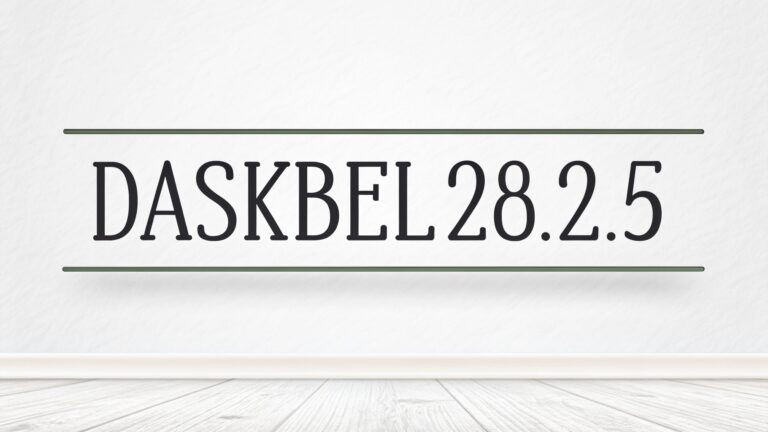Beauty comes in many forms, and cultures around the world have long celebrated different physical traits. One such trait that stands out is the naturally prominent gluteal proportions seen in some African women.
This unique physical characteristic is not only rooted in genetics but also deeply tied to cultural ideals of femininity, fertility, and strength. The recognition of such features, like in the symbolic “Unusual Award N.13,” sparks conversations about body image and societal standards.
While some may view it as unusual, others see it as a symbol of pride and heritage. In this article, we explore the science, culture, and significance behind this extraordinary trait.
Understanding Gluteal Proportions
What are Gluteal Proportions?
Gluteal proportions refer to the size, shape, and symmetry of the buttocks in relation to the rest of the body. These proportions can be influenced by several factors, including genetics, body composition, ethnicity, lifestyle, and even cultural practices.
In medical and anthropological terms, gluteal prominence has been observed to vary significantly among populations. African women, particularly those from sub-Saharan regions, often possess genetically inherited body shapes that feature well-developed gluteal muscles and adipose tissue—a phenomenon sometimes referred to as steatopygia.
Cultural Significance in African Societies
Historical Appreciation
In many African cultures, curvaceous body shapes have traditionally symbolized fertility, femininity, health, and social status. Far from being seen as unusual, larger gluteal proportions were often admired and idealized. In countries like Nigeria, Ghana, South Africa, and Botswana, fuller figures are still considered a standard of beauty.
Symbol of Womanhood and Fertility
Extreme gluteal proportions were not seen as deformities but as signs of fertility and strength. Some tribal customs even celebrated these traits through dance, ceremonies, or matchmaking rituals. Women with prominent buttocks were often viewed as more desirable for marriage.
Artistic Representation
African art, including sculpture and painting, frequently showcases female forms with prominent buttocks. These representations reflect long-standing societal appreciation for curvaceous physiques and further establish their cultural value.
The Origin of the “Unusual Award” Concept
What Is an “Unusual Award”?
The term “unusual award” is not part of an official registry like the Nobel Prize or the Guinness World Records but rather a symbolic or informal recognition that draws attention to extreme or rare traits. These can be physical, behavioral, or intellectual—anything that deviates notably from the norm.
Unusual Award N.13 in this context refers to a hypothetical or symbolic recognition of African women known for possessing extraordinarily large and well-shaped gluteal proportions, far beyond what is typically seen even among those with naturally curvaceous builds.
Scientific Viewpoint: Genetics and Anatomy
The Role of Genetics
The development of gluteal proportions is largely influenced by genetics. Certain ethnic groups have genetic predispositions for storing fat in specific areas, such as the hips and buttocks, rather than the abdomen. This is particularly true for many African populations.
Hormonal Influence
Estrogen, a key hormone in women, promotes fat storage in the thighs and buttocks. Women with higher estrogen levels or increased sensitivity to estrogen receptors may naturally develop larger gluteal areas.
Muscle Structure
African women are also known to have more developed gluteus maximus and medius muscles, which contribute to both strength and appearance. Coupled with lifestyle habits such as walking long distances or physical labor, these muscles can develop significantly.
Globalization and Body Image
Western Influence and Changing Perceptions
For a long time, Western beauty standards leaned toward slenderness. However, with globalization and the rising influence of social media, beauty ideals are shifting. The hourglass figure, which includes prominent buttocks and a narrow waist, has gained global popularity, influenced in part by African beauty standards and celebrities of African descent.
Social Media and Representation
Platforms like Instagram and TikTok have amplified the visibility of curvier body types. Influencers and celebrities with African heritage—such as Beyoncé, Nicki Minaj, and Cardi B—have helped popularize fuller gluteal proportions as desirable and fashionable.
Controversy and Sensationalism
While the recognition of unique physical traits can be celebratory, it also raises concerns:
- Objectification: Focusing excessively on physical features can reduce a person’s identity to their appearance.
- Medical Risks: Some individuals, influenced by beauty trends, undergo dangerous surgeries to artificially enhance their gluteal proportions.
- Stereotyping: Associating specific traits with entire ethnic groups can perpetuate harmful stereotypes and oversimplify individual identities.
Thus, while “Unusual Award N.13” may highlight extraordinary traits, it’s essential to approach the topic with sensitivity, awareness, and respect for cultural diversity.
Empowerment vs Exploitation
The Line Between Appreciation and Fetishization
Celebrating extreme gluteal proportions in African women should not cross the line into fetishization or cultural exploitation. There is a difference between appreciating body diversity and objectifying individuals for entertainment or sensational content.
Body Positivity and Inclusion
When discussed respectfully, this topic can support the body positivity movement. It can challenge rigid beauty norms and encourage broader representation of different body types in media, fashion, and health industries.
Real Stories and Representation
Several African women—both everyday individuals and public figures—have embraced their natural bodies and gained attention for doing so. Their stories highlight resilience, cultural pride, and self-love. They serve as a reminder that body diversity is not something to ridicule but to celebrate as part of human richness.
Frequently Asked Questions (FAQs)
1. What is Unusual Award N.13?
Unusual Award N.13 is a symbolic reference that highlights African women with extreme gluteal proportions, often used to draw attention to rare or extraordinary physical features.
2. Is it respectful to talk about gluteal proportions?
Yes—if done with cultural sensitivity, scientific accuracy, and without objectification or sensationalism. The goal should be education and appreciation, not exploitation.
3. Are larger gluteal proportions common among African women?
While not universal, certain African ethnic groups are genetically predisposed to develop fuller gluteal regions due to fat distribution patterns and muscle structure.
4. What is steatopygia?
Steatopygia refers to the accumulation of fat in the buttocks, especially observed among women in some southern African populations like the Khoisan people.
5. Why are African beauty standards different?
Beauty standards are shaped by cultural history, social values, and environmental conditions. In many African cultures, larger body parts symbolize health, fertility, and prosperity.
6. Has Western media influenced African beauty ideals?
Yes, but the influence goes both ways. African ideals—especially curvaceous body types—are now influencing global beauty trends through social media and pop culture.
7. Can these proportions be achieved naturally?
Yes. Genetics, lifestyle, and hormonal factors can contribute to natural development of gluteal proportions without surgery.
8. Is it safe to pursue gluteal enhancement?
Surgical or artificial enhancement carries risks. It’s essential to consult qualified medical professionals and prioritize health and safety over aesthetic goals.
9. Are there famous African women known for this trait?
Several African models, influencers, and public figures have gained fame partly due to their unique physiques, often using their platforms to promote body positivity and African heritage.
10. What should be the takeaway from Unusual Award N.13?
That human beauty is diverse, culturally rich, and not limited to a single ideal. Celebrating unique traits like extreme gluteal proportions can help break stereotypes and promote inclusivity—when done with care and respect.
Conclusion
Extreme Gluteal Proportions in African Woman may at first appear sensational, but it opens up a broader conversation about cultural appreciation, genetic diversity, body positivity, and the way we define beauty.
Far from being just a physical trait, gluteal prominence in African women carries cultural, historical, and emotional significance.
In recognizing such traits, society must strike a balance between admiration and respect. Rather than focusing solely on the physical, it is essential to understand the deeper layers—heritage, identity, and pride. By doing so, we can honor diversity without reducing it to novelty.



















+ There are no comments
Add yours